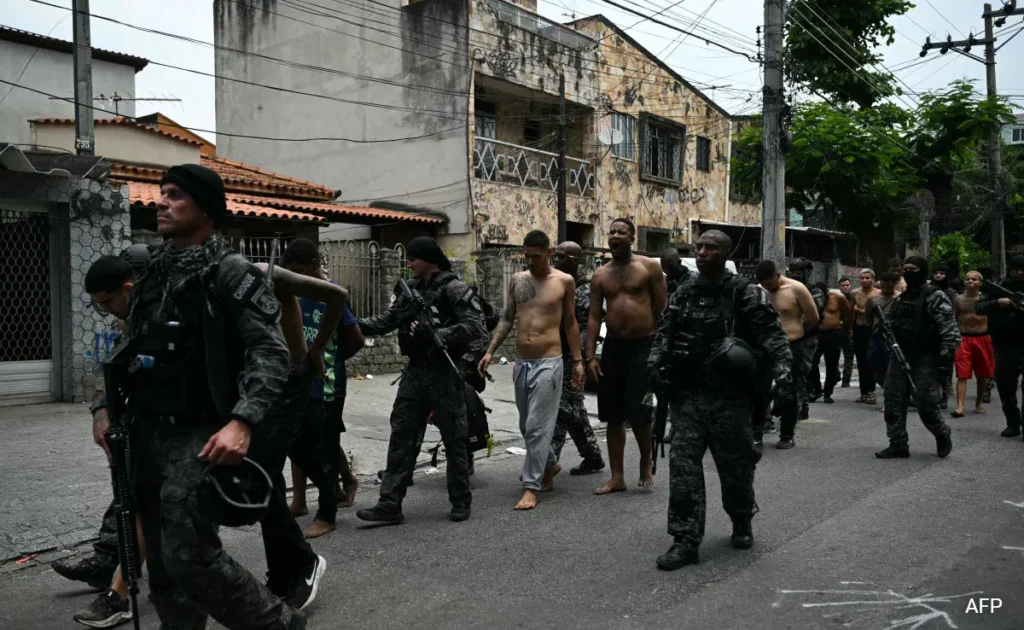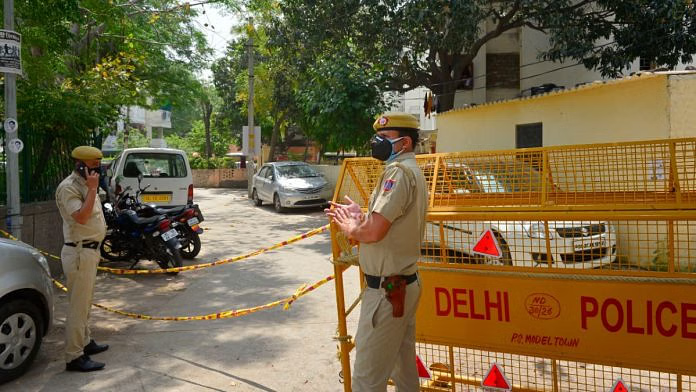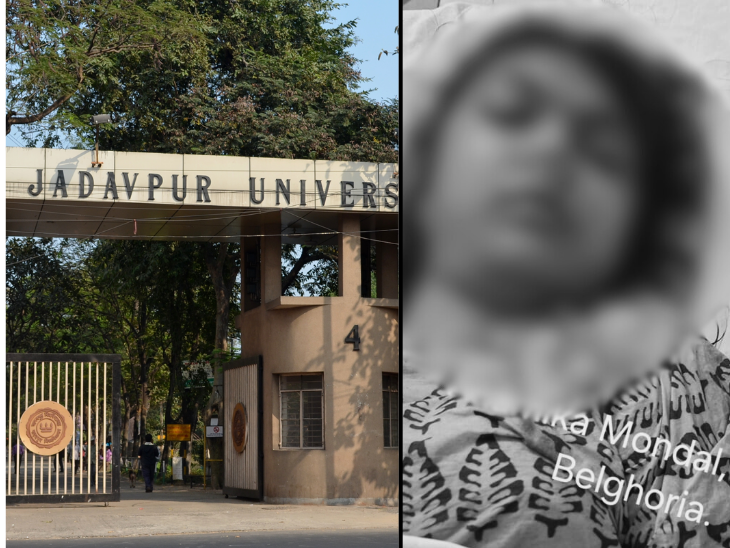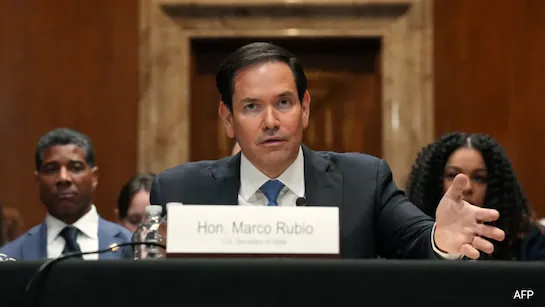Now Reading: Indians Begin Returning Home Amid Nepal Unrest: Safety, Borders and What to Expect
-
01
Indians Begin Returning Home Amid Nepal Unrest: Safety, Borders and What to Expect
Indians Begin Returning Home Amid Nepal Unrest: Safety, Borders and What to Expect
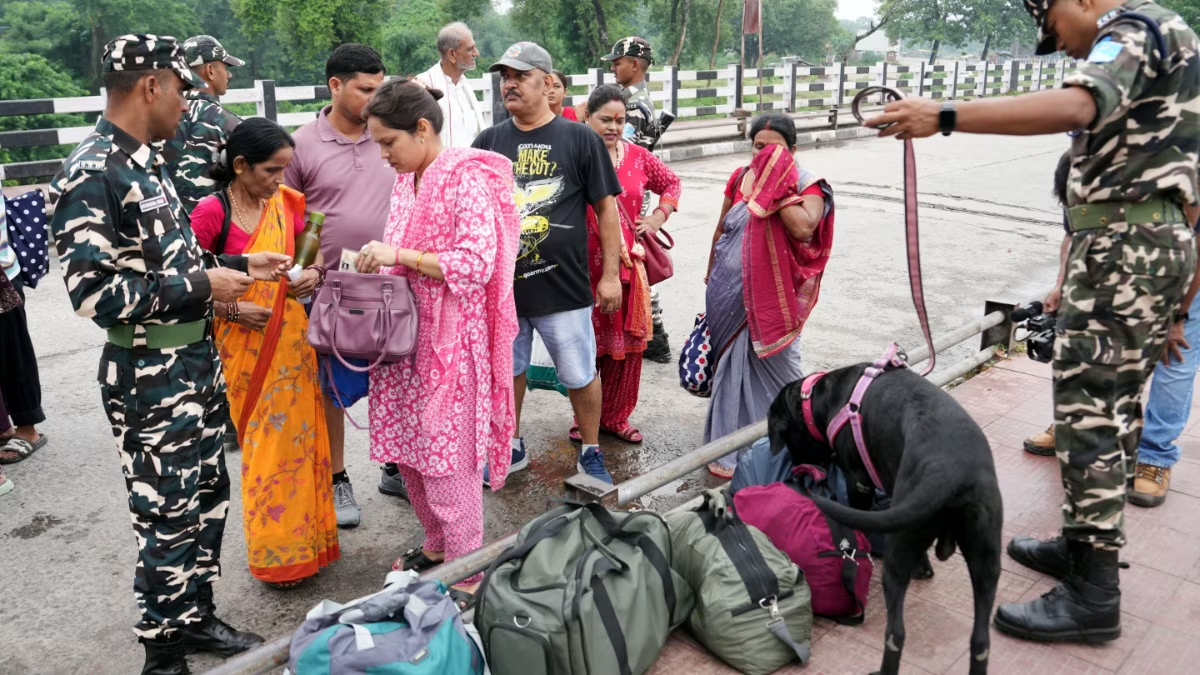
Growing political unrest in Nepal has left many Indian nationals stranded. As protests escalate, curfews are imposed, flights are disrupted and safety concerns mount. In response, hundreds of Indians have started making their way back across borders or on special flights. For citizens in Tier-2 cities contemplating travel or already caught in the crisis, understanding how the evacuation and return process works is more urgent than ever.
What Triggered the Mass Return
Recent protests in Nepal, especially in Kathmandu and other cities, surged over issues like social media restrictions and governance disputes. With movement becoming risky due to curfews and reports of violence and attacks, Indian tourists, pilgrims and workers faced uncertainty. Disruptions in transportation, hotel lockdowns and safety fears pushed many to seek exit routes.
How Indians Are Coming Back
The return is happening via several channels: special flights arranged by airlines, crossings through land borders like Panitanki and Sonauli, and sometimes via temporary arrangements facilitated by embassy or state officials. Airports reopening have helped, though limited schedules and safety screening remain challenges. Some are returning immediately, others waiting for clearance or transport.
Challenges During the Evacuation
Travel disruptions mean many stranded Indians are dealing with canceled flights, delayed border crossings, sometimes long waits. Communication has been patchy, especially in remote or hilly zones, making coordination hard. Costs for travel or lodging have gone up due to demand. Safety concerns persist for travelers stuck in parts of Nepal with limited law enforcement presence.
What This Means for Residents of Tier-2 Cities
People from smaller towns often travel without expecting emergencies. Sudden ticket cancellations, lack of consular support, or insufficient information can become overwhelming. Many rely on family back home for assistance. In these cities, getting accurate updates, arranging finances and arranging travel back can be difficult without strong institutional support.
Precautions Indian Travellers Should Take Now
If you are in Nepal, avoid places of violent demonstrations, follow local advisories, stay in contact with the Indian embassy or consulate. Keep essential documents, enough funds, and copies of travel tickets. If returning by land, check if borders are open and safe. For those in India planning trips, postpone travel until the situation stabilises.
Balanced View
The Indian government’s efforts to bring stranded nationals home demonstrate responsiveness. But evacuations are complicated: logistical, bureaucratic and safety hurdles remain. Some travellers may reach home smoothly; others will face delays, uncertainty or risk. No solution is perfect in a volatile situation.
Conclusion
The unrest in Nepal has forced many Indians to cut trips short and return home under difficult circumstances. For people in Tier-2 cities, the lesson is clear: crises can escalate fast, and being prepared matters. If you are stranded, act on verified information, use official channels, stay alert. When travel returns to normal, the focus should be on supporting citizens caught outside during such events and building better early warning systems.








